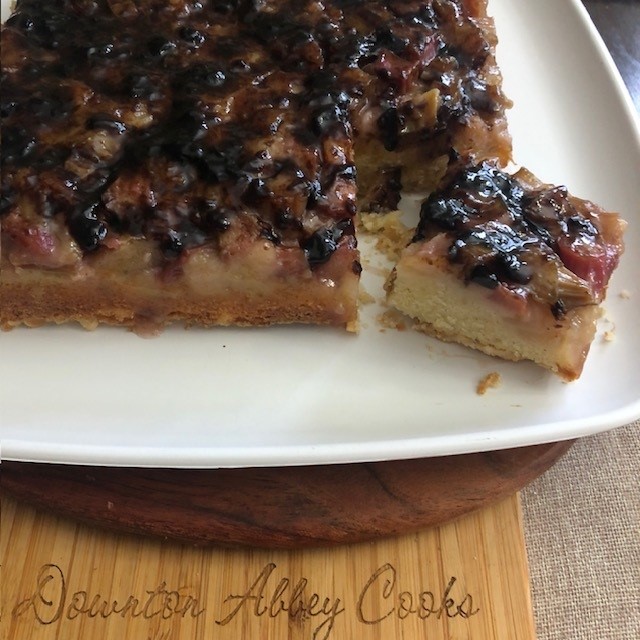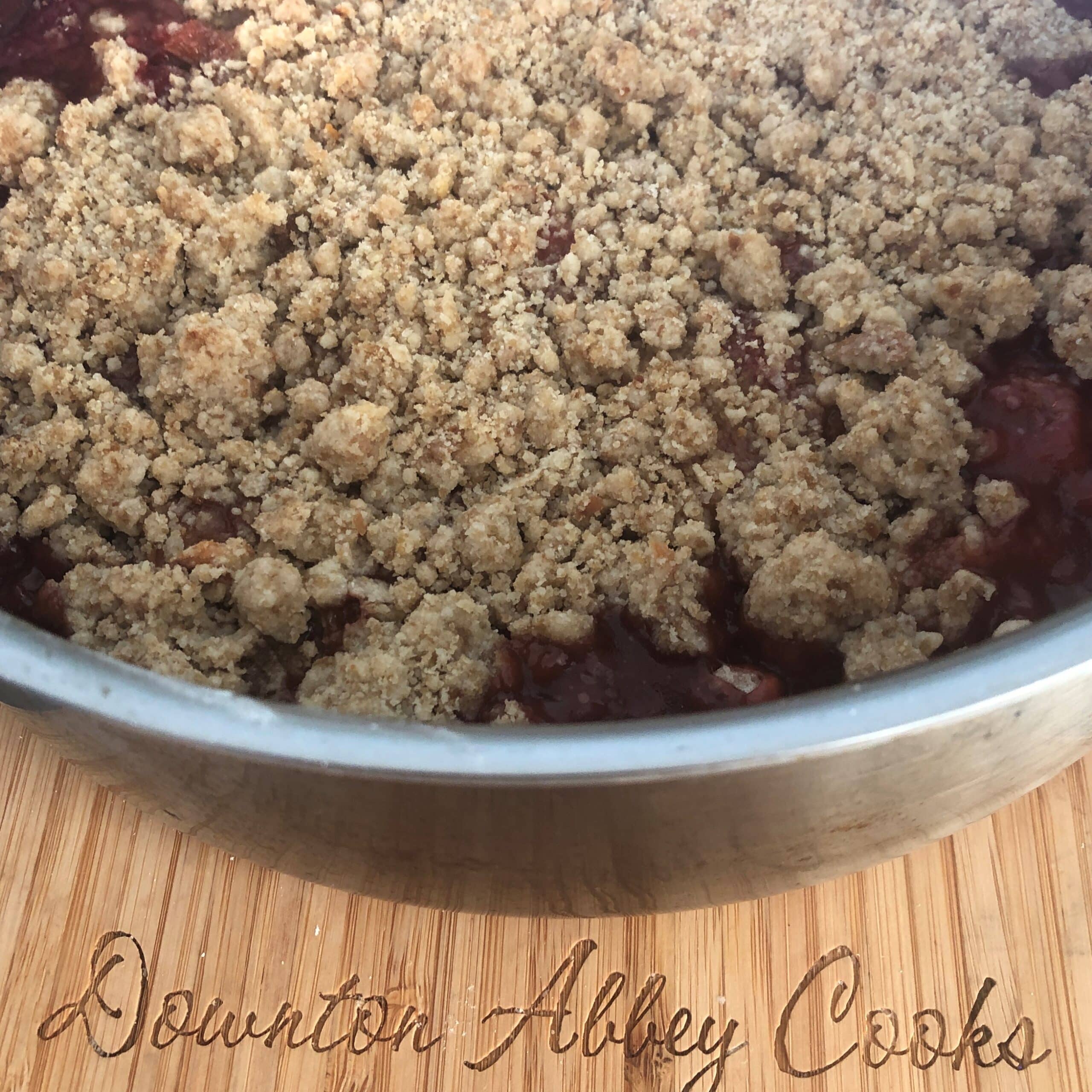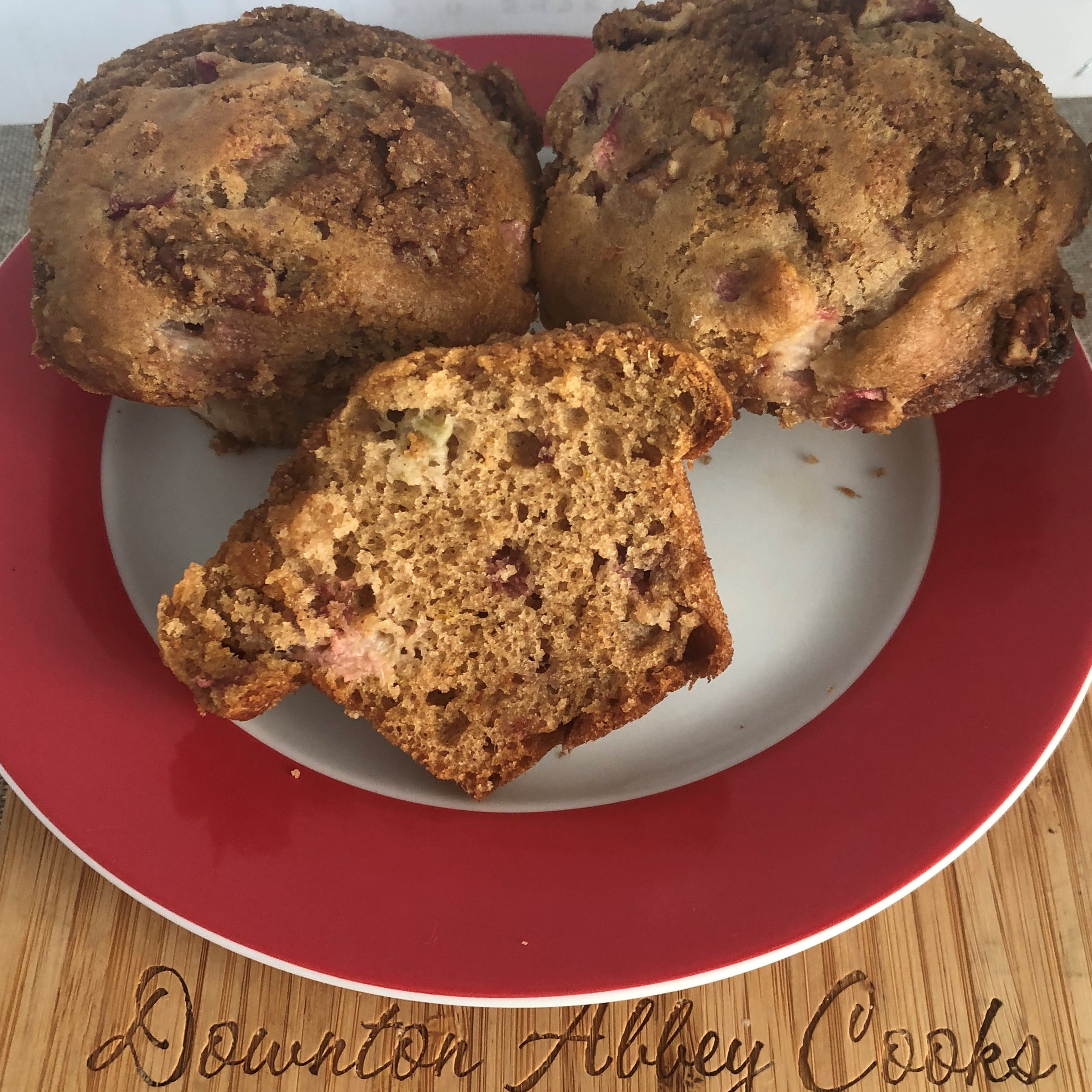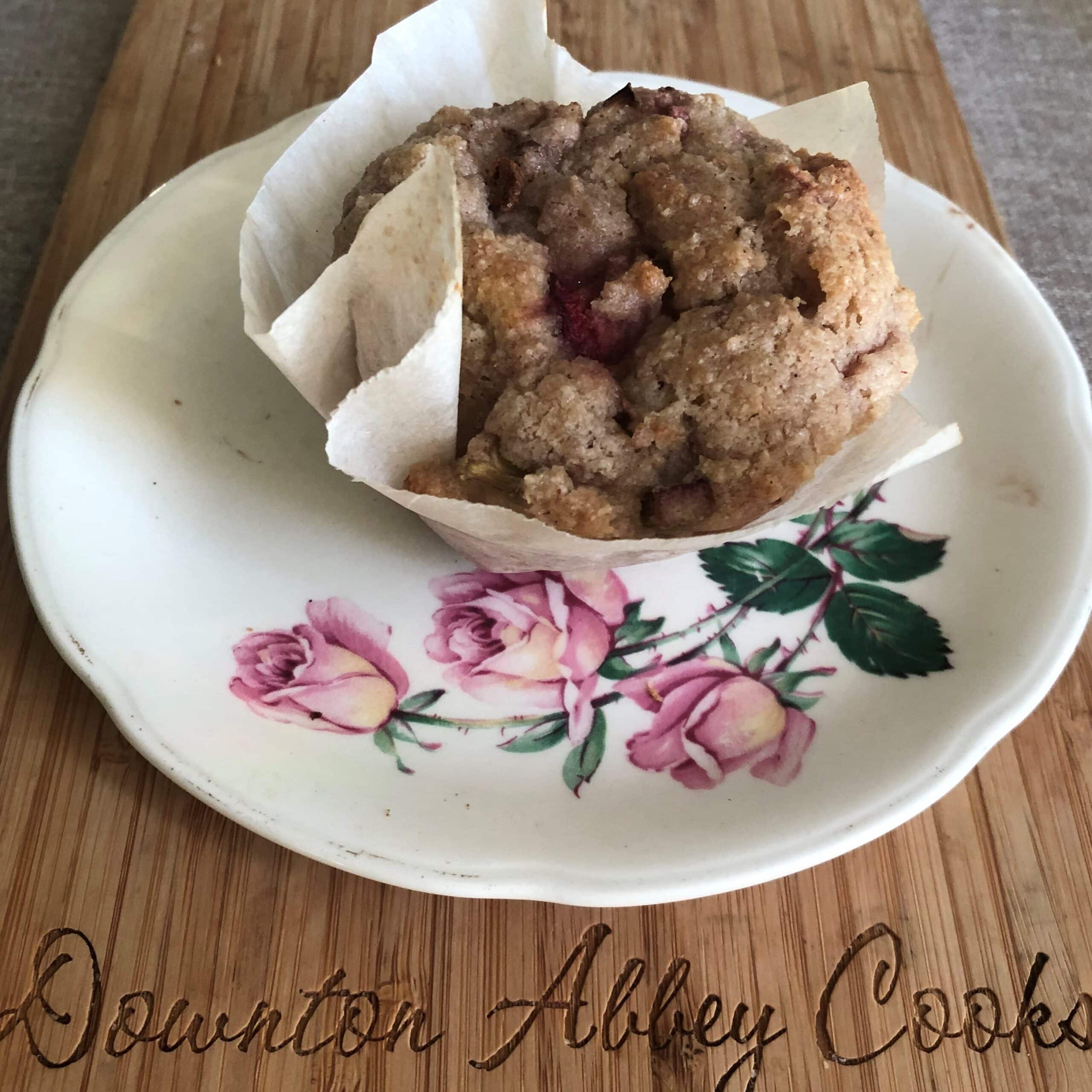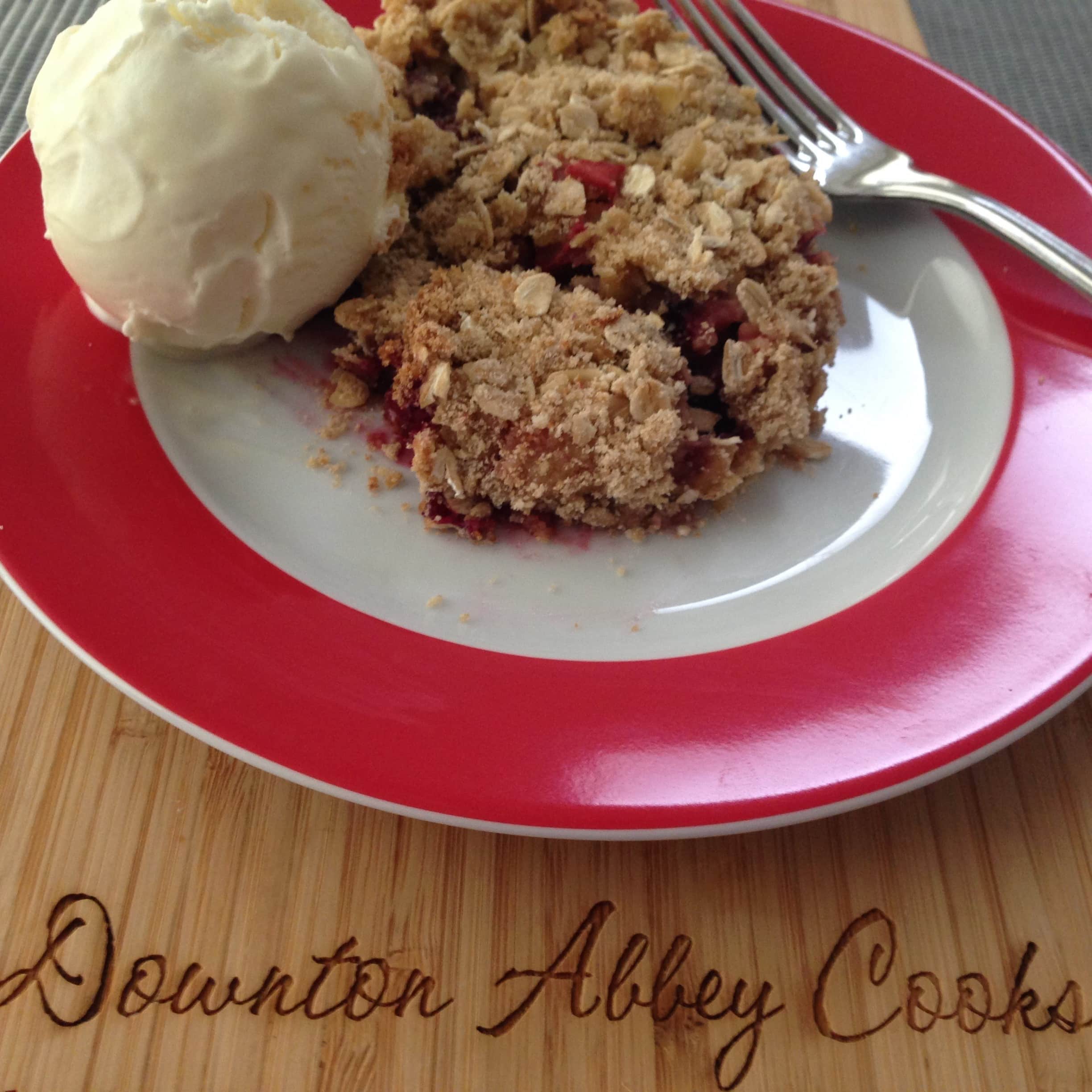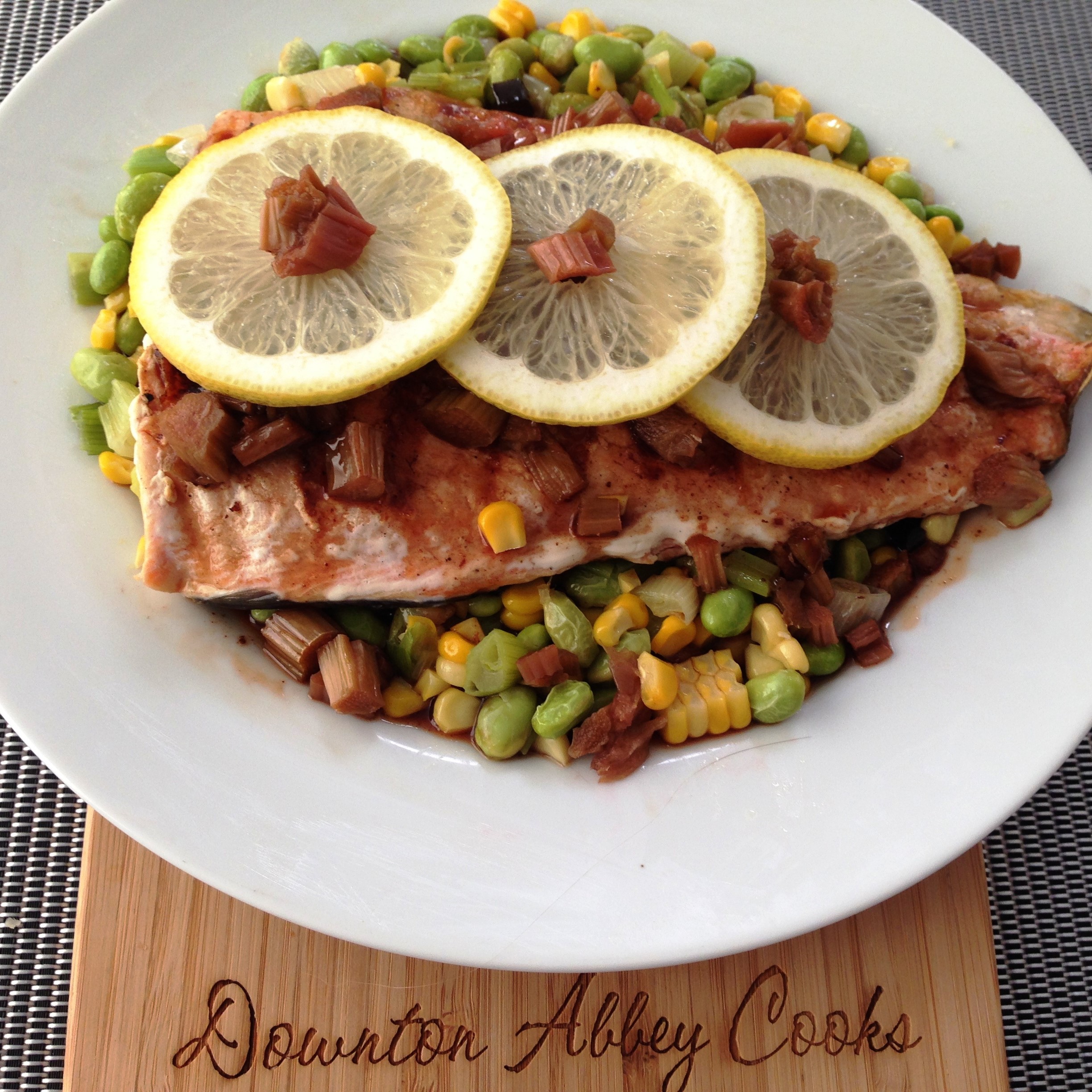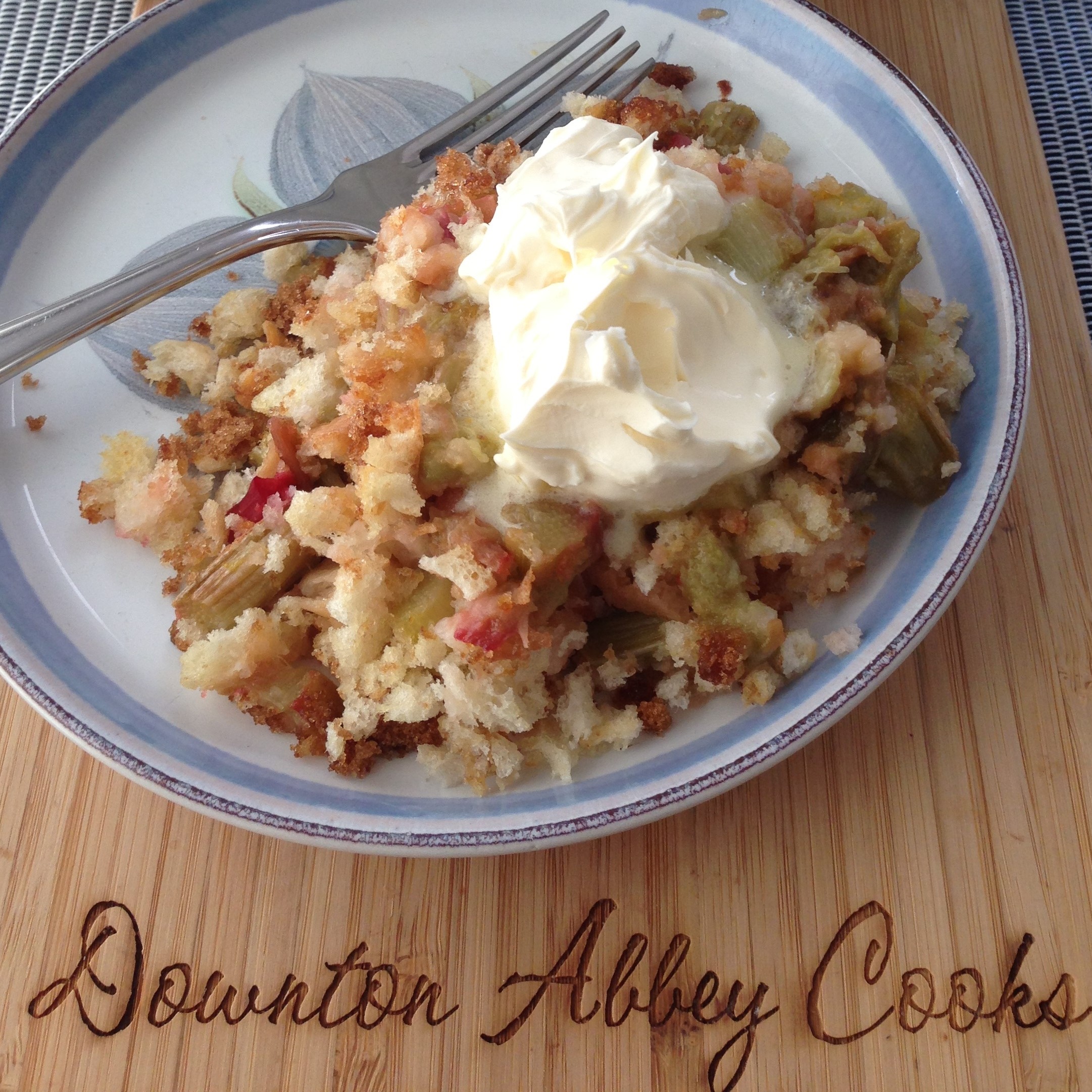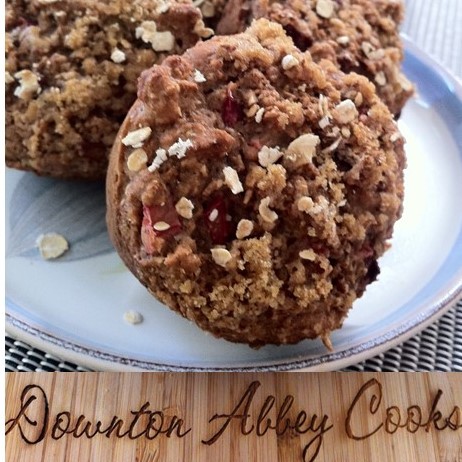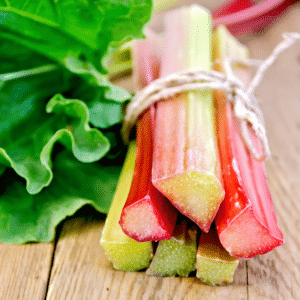 Behind the fascinating history behind rhubarb recipes that graced both servants’ hall and dining room tables
Behind the fascinating history behind rhubarb recipes that graced both servants’ hall and dining room tables
Ever wondered what made those gorgeous pink desserts on Downton Abbey so elegant? The secret ingredient that transformed humble kitchen gardens into sophisticated spring menus was rhubarb—and the story behind this “pie plant” is more dramatic than any episode plot twist.
Why Rhubarb Was More Valuable Than Gold (Seriously!)
Before rhubarb became the star of your grandmother’s strawberry-rhubarb pie, it was literally worth its weight in precious metals. Medieval traders called it “red gold” because the dried root sold for more than actual gold. Talk about expensive medicine!
But here’s where it gets interesting for Downton Abbey fans: by the early 1900s, clever Yorkshire farmers had figured out how to grow rhubarb in complete darkness during winter. These “forcing sheds” produced pale pink, incredibly tender stalks that were so prized, they appeared on the finest tables in England—including fictional ones like the Crawleys’.
Fun fact: Workers in these forcing sheds claimed they could actually hear the rhubarb growing in the silence. Imagine that crackling sound echoing through Downton’s kitchen gardens!
What Mrs. Patmore Knew About Seasonal Rhubarb
If you’ve ever tried to cook with rhubarb and wondered why some recipes work better at different times of year, Mrs. Patmore could have told you the secret. She understood that rhubarb isn’t just rhubarb—timing is everything.
Winter’s Delicate Treasure (January-March)
The forced rhubarb that arrived in Downton’s kitchen during these months was like the Rolls Royce of vegetables. Pale pink, tender enough to cut with a fork, and sweet enough to need minimal sugar. Mrs. Patmore would have used this premium rhubarb for:
- Delicate compotes for Lady Mary’s breakfast tray
- Elegant rhubarb fool for dinner parties
- Simple poached rhubarb that let the ingredient shine
Spring’s Robust Harvest (April-June)
When the kitchen garden rhubarb finally emerged, it brought bold flavors that could stand up to heartier treatments. This was crumble season, jam-making time, and when Mrs. Patmore could finally serve generous portions to the hungry staff downstairs.
The Upstairs-Downstairs Rhubarb Divide
One of the most fascinating aspects of Edwardian cooking was how the same ingredient could serve completely different social functions. Rhubarb was the ultimate democratic food—humble enough for the servants’ hall, sophisticated enough for the Earl’s dinner table.
Servants’ Hall Favorites
- Rhubarb crumble: Hearty, warming, and designed to feed a crowd of hardworking staff
- Rhubarb tart: Made with pastry scraps and sweetened with whatever sugar was available
- Rhubarb cordial: A warming drink for cold mornings in the kitchen
Dining Room Elegance
- Rhubarb charlotte: An elaborate molded dessert that showed off kitchen skills
- Rhubarb and ginger compote: Sophisticated flavor pairing that suggested worldly tastes
- Rhubarb fool: The ultimate spring dessert—tart fruit layered with rich cream
Why Rhubarb and Ginger Became the Perfect Pair
Long before food bloggers discovered “flavor profiles,” Edwardian cooks knew that rhubarb and ginger were meant for each other. The warming spice balanced rhubarb’s tartness while adding an exotic touch that made simple ingredients feel luxurious.
This combination wasn’t just about taste—it was about status. Ginger was expensive and suggested sophisticated palates. Adding it to humble rhubarb was like putting on your best jewelry with a simple dress.
Mrs. Patmore’s Secret: Rhubarb as Kitchen Pharmacy
Here’s something modern cooks might not know: Mrs. Patmore kept dried rhubarb root in her medicine cabinet alongside her cooking ingredients. Rhubarb wasn’t just food—it was considered nature’s spring tonic, perfect for cleansing winter’s heaviness from the system.
This dual purpose made rhubarb incredibly valuable in large households. One ingredient served as both dessert and digestive aid, making it economical and practical—two qualities any head cook appreciated.
How to Choose Rhubarb Like an Edwardian Cook
Want to cook with rhubarb the way Mrs. Patmore would have? Here’s what to look for:
Early Season (Winter/Spring): Choose slender, pale pink stalks that feel tender. These are your “forced” rhubarb equivalent—perfect for delicate preparations that require minimal cooking.
Later Season (Late Spring/Early Summer): Look for thicker, deeper red stalks. These have more robust flavor and work beautifully in crumbles, jams, and any recipe that needs rhubarb to hold its shape.
Always Remember: Never eat the leaves! They’re toxic. Mrs. Patmore would have composted them or used them as natural pest deterrent in the garden.
Cooking with Rhubarb: From Mrs. Patmore’s Playbook
The beauty of rhubarb lies in its incredible versatility. Whether you’re making an elegant fool for a dinner party or a hearty crumble for family dessert, the key is understanding your rhubarb and matching the preparation to the season.
Early season rhubarb deserves gentle treatment—think delicate compotes, simple poached preparations, and elegant presentations where the natural beauty of those pale pink stalks can shine.
Later season rhubarb can handle more robust preparations. This is when you want to make those satisfying crumbles, thick jams, and warming cordials that made Mrs. Patmore’s kitchen the heart of Downton Abbey.
Why Rhubarb Matters Today
In our world of year-round everything, rhubarb teaches us what Mrs. Patmore knew instinctively: that seasonal ingredients are more precious because they’re temporary. That brief spring window when rhubarb is at its peak connects us to generations of cooks who understood that the best meals come from working with nature’s timing, not against it.
Whether you’re making a simple crumble for your family or an elegant fool for guests, you’re participating in a tradition that spans centuries and social classes. Every time you transform those tart pink stalks into something delicious, you’re channeling a little bit of Mrs. Patmore’s kitchen wisdom.
Growing Your Own Downton-Style Rhubarb
Want to create your own kitchen garden rhubarb patch? Here’s what the Downton gardeners would have known:
- Plant once, harvest for decades: Rhubarb is a perennial that keeps producing for 15-20 years
- Location matters: Choose a spot with morning sun and afternoon shade
- Patience pays off: Don’t harvest the first year—let the plant establish strong roots
- Stop harvesting by midsummer: This lets the plant store energy for next year’s crop
Pro tip: Try covering a few plants with large pots in late winter to create your own “forced” rhubarb—pale, tender, and incredibly sweet.
The next time you see rhubarb at the farmer’s market, remember that you’re looking at an ingredient that has graced tables from medieval monasteries to Edwardian manor houses. Mrs. Patmore would approve of keeping this delicious tradition alive—one tart, pink stalk at a time.
Ready to bring some Downton Abbey elegance to your own kitchen? Rhubarb’s brief season is the perfect time to connect with centuries of cooking wisdom while creating your own delicious spring memories.

